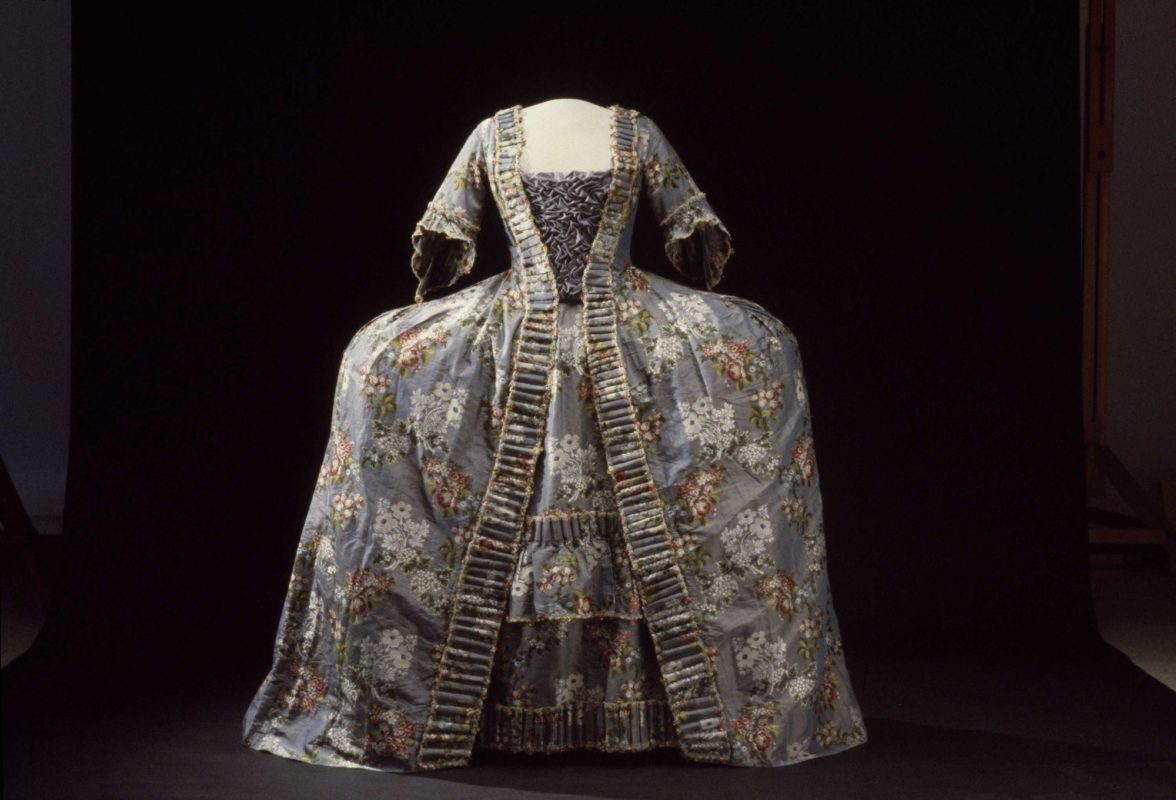“The Marquise and the Baron – Neo-rococo and the North’- exhibition will be displayed in Serlachius-museums till the end of April. The exhibition sheds light on the relatively unknown historical art phenomenon, neo-rococo. The curator of the exhibition is French-born art historian Laura Gutman. Beweship handled the transport- and courier services for artworks that were lent from abroad.”
The exhibition is Mänttä showcases a large and varied collection of neo-rococo artifacts, outfits, furniture and ornaments and never-before-seen artworks. The rococo art movement is known for its lightness, decorativeness and the round shape that has been borrowed from seashells.
- In 19th century France, a new, rich bourgeoisie class emerged alongside the old nobility who admired and aspired to follow the 18th century’s French court and its rococo style. Collecting artworks and artifacts in rococo style became very popular and artists created new artworks and ornaments that brought back to rococo style, Suvi-Mari Eteläinen, the curator who is responsible for artwork logistics at Serlachius Museums, explains.
Neo-rococo in Finland differs from the French counterpart and refers to the nostalgic longing for the Swedish Empire, which during Russia’s years of oppression, was fondly reminisced as the age of enlightenment and sophistication. In 19th century’s political atmosphere, neo-rococo signified a turn to the West, away from the Russian Empire’s influence.
Artworks for the exhibition have been borrowed both from Finland and significant foreign collections. These include rococo outfits that have been borrowed from Stockholm Palace’s collections. In addition, the organizers of the exhibition wanted to showcase modern artworks where the influence of rococo and neo-rococo can clearly be seen.
- Beweship handled the transport- and courier services for artworks that were borrowed from abroad. The artworks for the exhibition were selected by French-born art historian Laura Gutman, tells fine art coordinator, Pirjo Niskanen, from Beweship.
Eteläinen states that organizing the exhibition in Mänttä is not a coincidence – the most famous Finnish neo-rococo painting, Gunnar Berndtson’s Art Connoisseurs in the Louvre (1879), belongs to Gösta Serlachius’ Art Foundation and is seen for the first time in its original art historical context side by side with Ernest Meissonier’s artworks.
- The artworks and architecture of the exhibition form a beautiful ensemble which is worth seeing even if you have to travel longer to get here. The exhibition has been received with admiration and delight, Eteläinen concludes.
Gösta Serlachius Art Foundation includes two art museums, which were established by Serlachius family, known for their paper industry and art collection. Art Museum Gösta hosts several exhibitions every year and often showcases artworks owned by the foundation as well. The museums are located in two buildings: in a manor house which used to be Gösta Serlachius’ home and recently built pavilion which is a fine example of modern wood architecture. www.serlachius.fi
Beweship is an independent Finnish freight forwarding and logistics company. Founded in 1957, Beweship has grown to one of the leading freight forwarding companies in Finland and the Baltic States. Beweship offers services in international air, sea, road and rail transports, customs clearances, art logistics, project logistics and removals.

 Suomi
Suomi
